About the Policy Clinic:
This year, the Environmental Policy and Management Policy Clinic, overseen by Instructor Lisa Halko, partnered with six agencies on projects that lasted from January to June. We had the largest class size for the clinic since its inception, with 28 students enrolled. Between four and six students were assigned to each project. We would like to extend a thank you to this year's partners:
- California State Assembly
- Bureau of Land Management and US Geological Survey
- Sierra Institute for Community and Environment
- San Francisco Bay Conservation and Development Commission (BCDC)
- California Sea Grant & Delta Stewardship Council and CalCOFI & Scripps Institute of Oceanography
- California Office of Environmental Health Hazard Assessment and UC Merced
Project descriptions:
“Extreme Heat Policy Engagement”
Presented by Pablo Busch, Casandra Cortez, Amelia Flack, Molly Nagle and Erin Rodriguez in collaboration with the California Assembly.
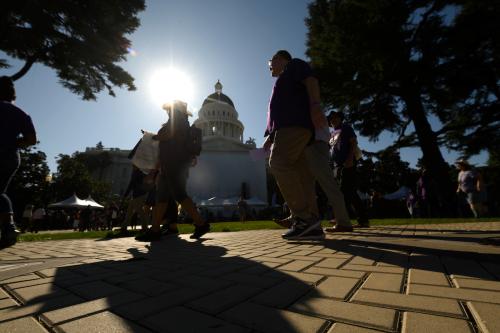
This group investigated the effectiveness of the Urban Greening and Urban Forestry state grant programs at mitigating heat in urban settings. Urban heat islands increase temperatures compared to nearby rural areas due to the city roads, vehicles, buildings and other infrastructure absorbing atmospheric heat. The student’s examined two grant programs- one administered by CalFire and the other by California Natural Resources Agency. They spoke with grant administering agencies, individuals working in the legislature, grant recipients, spatial data experts and other experts in extreme heat mitigation. They also distributed a questionnaire to over 150 current and former grant recipients. Upon analyzing the data, the students made some policy recommendations for each grant administering agency. The students created a legislative report, Powerpoint slideshow with their findings. They presented their findings to several assembly members as well as the EPM program. You can read their legislative report here.
“Replanting Resilient Forests”
Presented by Amir Alemi, Eileen Becich, Amber Ceja, Ava Scally and with help from Jayna Lizama in partnership with the Sierra Institute.
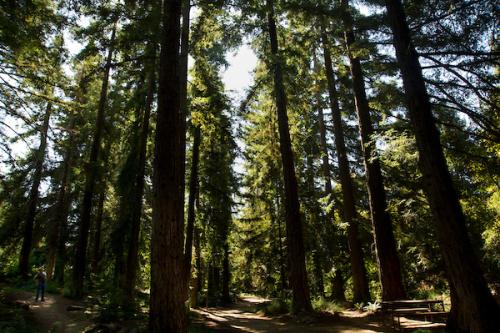
This group examined the burn area impacted by the Dixie Fire and presented a preliminary restoration plan considering literature on Traditional Ecological Knowledge (TEK). The Dixie Fire started in Feather River Canyon and affected Butte, Lassen, Plumas, Shasta and Tehama counties. The students examined the history of Traditional Ecological Knowledge and the indigenous tribe of the area- The Mountain Maidu. The students analyzed the different agencies managing the burn-affected land and highlighted the importance of increased cooperation between agencies and indigenous people of the area. This group authored a white paper outlining their findings and included primary management goals that should be considered when restoring the affected area. You can see their Powerpoint slides here.
“Understanding the Current Practice of Cumulative Effects Analysis within BLM Environmental Assessments”
Presented by Aimee Awad, Jim McBride, Denise Walker and Brandon Hrycak in collaboration with USGS and BLM Alaska.
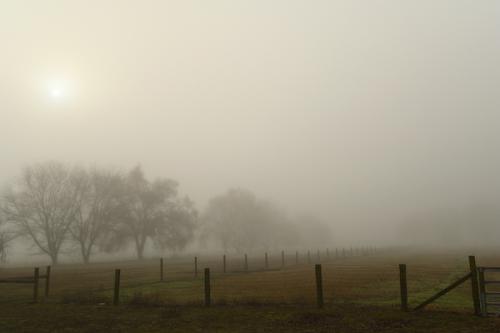
This group’s goal was to understand current BLM practices for analyzing cumulative effects in environmental assessments (EAs). The student’s main objectives were to highlight clear and consistent quantitative work being done by BLM staff within the cumulative effects section of EAs and identify existing good examples of comprehensive cumulative effects analyses at the resource level that align with the standards outlined in the BLM National Environmental Policy Act Handbook. The students selected a stratified random sample of 42 EAs completed in 2020 and relevant to conditions in Alaska. The students used qualitative coding methods from the client to identify the frequency, specificity and completeness of cumulative effects analyses for specific environmental resources. They used R-Studio to analyze the data and produced valuable data sets and written reports of their work. The student’s data and findings will help develop detailed guidance for BLM staff to improve the consistency and quality of cumulative effect analyses as they make discretionary land-management decisions.
You can see the official project website here.
“Environmental Justice and Social Equity in Permits”
Presented by Abby Gamet, Andrea Grant, Cheryl Winfield and Sarra Falakfarsa in collaboration with San Francisco Bay Conservation and Development Commission (BCDC).
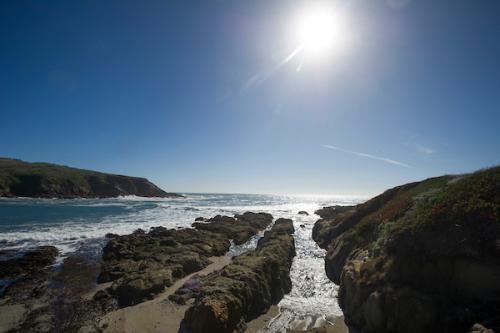
This group worked to describe BCDC’s Environmental Justice (EJ) and Social Equity (SE) policies through the development of a workbook for BCDC’s Environmental Justice Advisors. The EJ Advisors are experts from community based organizations serving socially vulnerable, underrepresented, indigenous, and EJ populations in the Bay Area. To create this workbook, the students researched EJ terminology as defined in California law; summarized information on BCDC’s jurisdiction, regulations, and permitting process; developed familiarity with BCDC’s mapping tools; and researched case studies. The workbook was used as a supplemental means of feedback for a workshop with the EJ Advisors and regulatory staff. In this workshop BCDC staff described policies and permitting practices and attendees provided feedback for staff on how best to implement EJ and SE policies in the permitting process. You can see their PowerPoint slides here.
“Assessing Social-Ecological Indicators in California State Agency Monitoring Programs”
Presented by Claudia Bucheli, Natalie Chapman, Hannah Chickering, Lisa Crowley, Zayleen Kalalo, and Sam Pyros in collaboration with Jessica Rudnik, California Sea Grant & Delta Stewardship Council, and Erin Satterthwaite, California Sea Grant & CalCOFI, Scripps Institution of Oceanography.
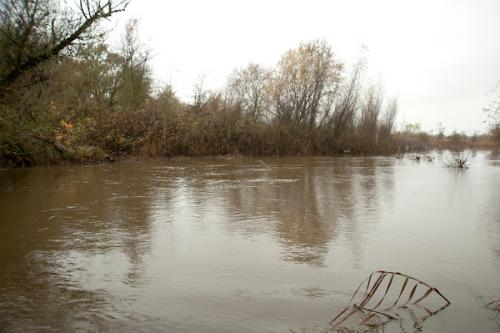
This team assessed the use of social-ecological indicators to assess the health of California’s coastal or estuarine ecosystems. Most environmental monitoring programs measure only ecological health indicators, such as species abundance, water quality and temperature. Monitoring ecological indicators can provide insight into larger trends and patterns about the health of an ecosystem, concentrating only this data overlooks how human behavior influences and is influenced by ecosystem health. Their research analyzed opportunities to enhance state monitoring and restoration programs by evaluating indicators that are currently being used. They created a database of the ecological, social and social-ecological indicators; authored a report that outlined their research, findings, future recommendations; and developed an interactive state agency diagram that can assist in understanding of different branches and divisions of each state agency and their programs. You can see their PowerPoint slides here.
“Assessing Health Practices Among Farmworker Communities in California”
Presented by Angelly Tovar, Antonia Davetas, Daniela Arce, Kalli Fenk and John Moffat in collaboration with California Office of Environmental Health Hazard Assessment and UC Merced.
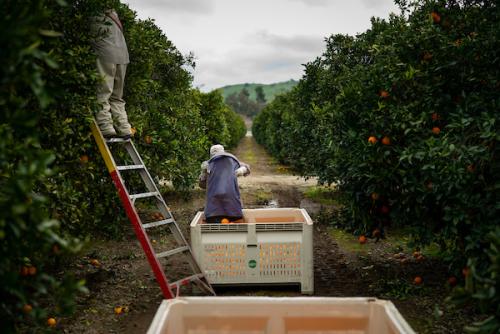
This group’s goal was to participate in a research study to assess health care practices among farmworker communities throughout California to improve outreach efforts and customize educational materials for all types of health professionals on pesticide poisonings. The students performed literature reviews on translation methods for health questionnaires, used census data, local government information, academic research and interviews with community healthcare workers and organizations to identify language and language variants used by farmworkers in 10 California counties with the most frequent reported use of highly toxic pesticides. The group also reviewed the existing literature and wrote a memo on access to healthcare of retired farmworkers. The group made program and policy recommendations based on their work, including a draft regulation and supporting documents for use in adopting regulations that interpret the term “health care professionals” in the authorizing statute. You can see their PowerPoint slides here.
